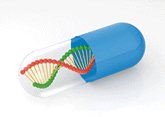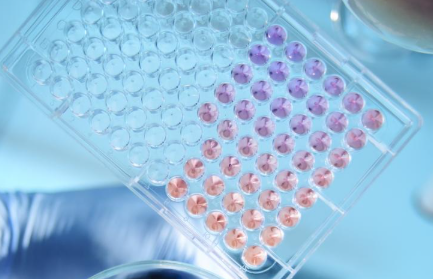2. Phase 1a: Initial Experimental Evaluation
The Phase 1a trial represents the very first time a new chemical entity is administered to human beings. It is a cautious, deliberate, and closely monitored process.
Primary Objectives of Phase 1a:
Safety and Tolerability: To describe the drug's acute safety profile following a single dosage. While keeping an eye out for any indications of toxicity, investigators carefully record every adverse event.
Pharmacokinetics (PK): To comprehend how the medication is absorbed by the body. Important PK parameters that are measured include:
- C~max~: The maximum concentration of the drug in the bloodstream.
- T~max~: The time it takes to reach C~max~.
- AUC (Area Under the Curve): A measure of the total exposure to the drug over time.
- Half-life (t~1/2~): The time it takes for the concentration of the drug in the plasma to reduce by half, indicating how quickly it is eliminated.




